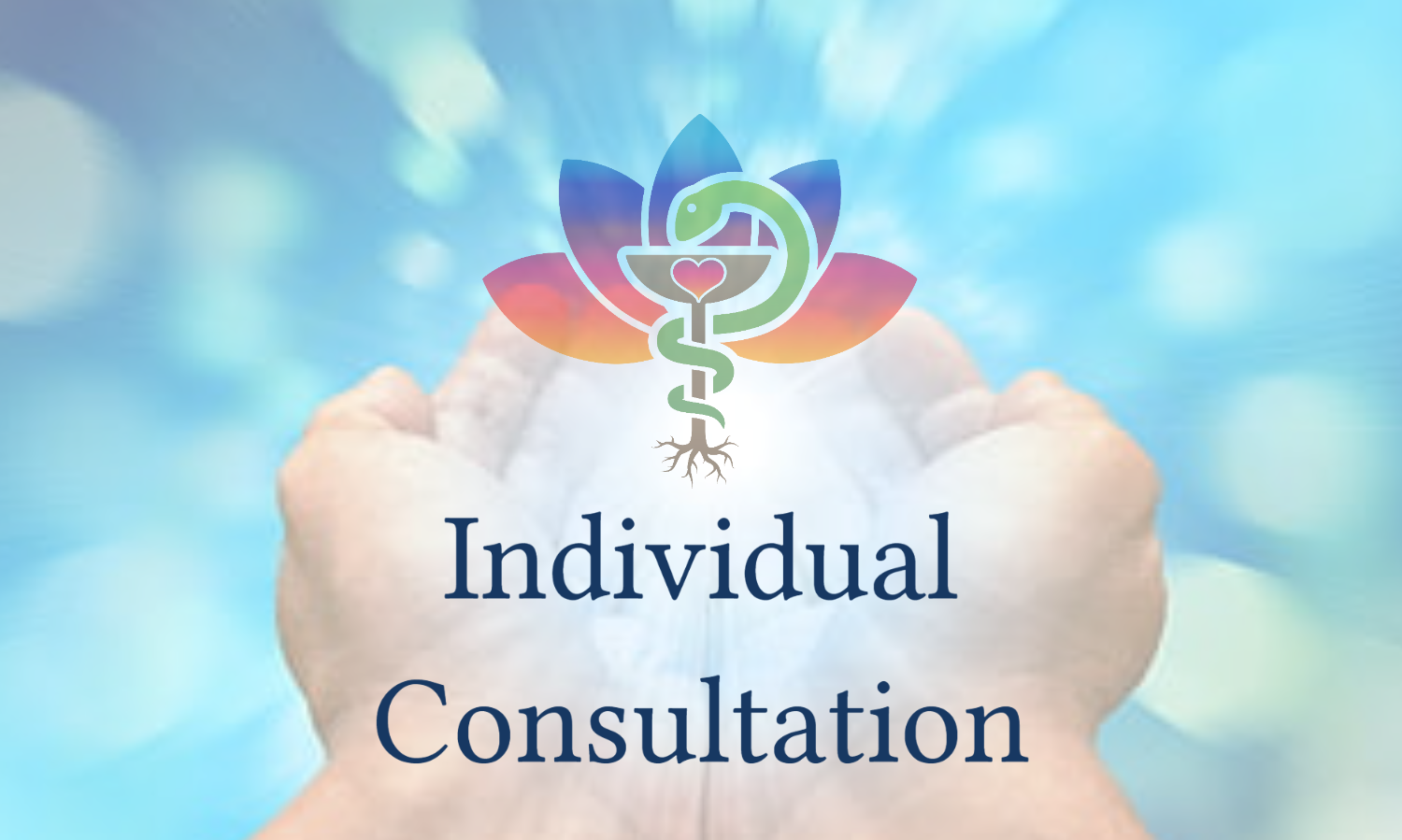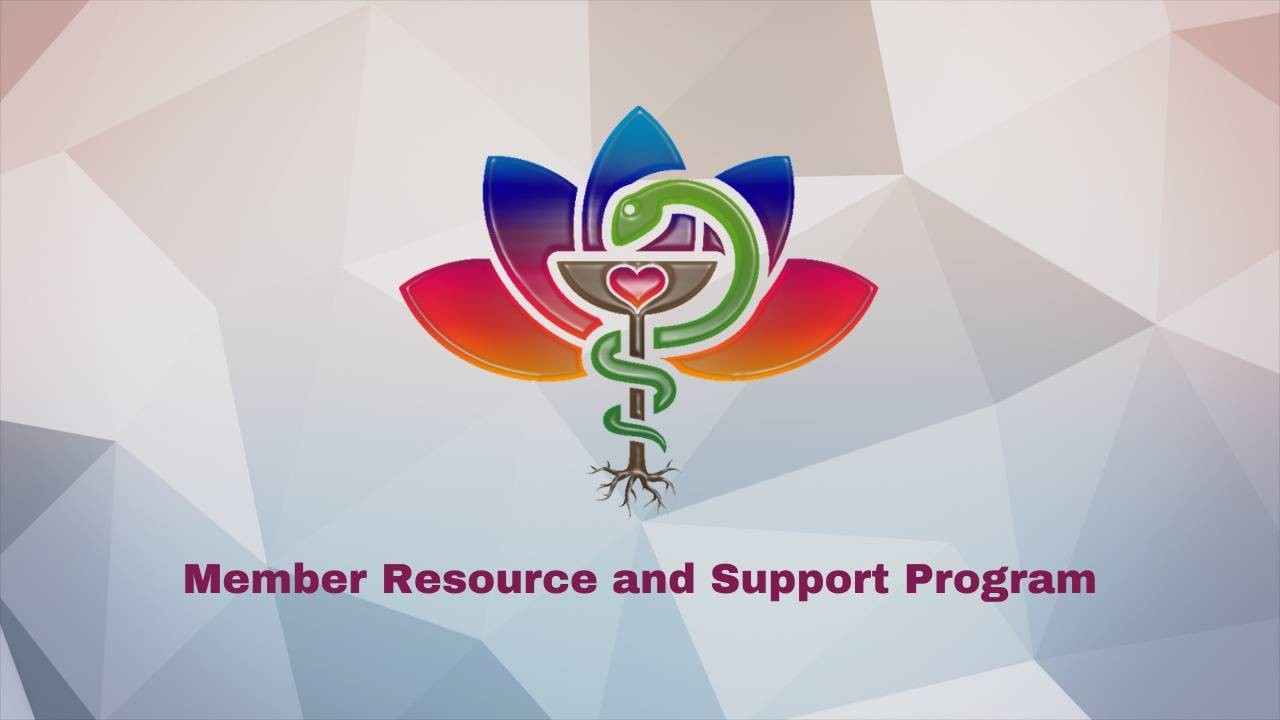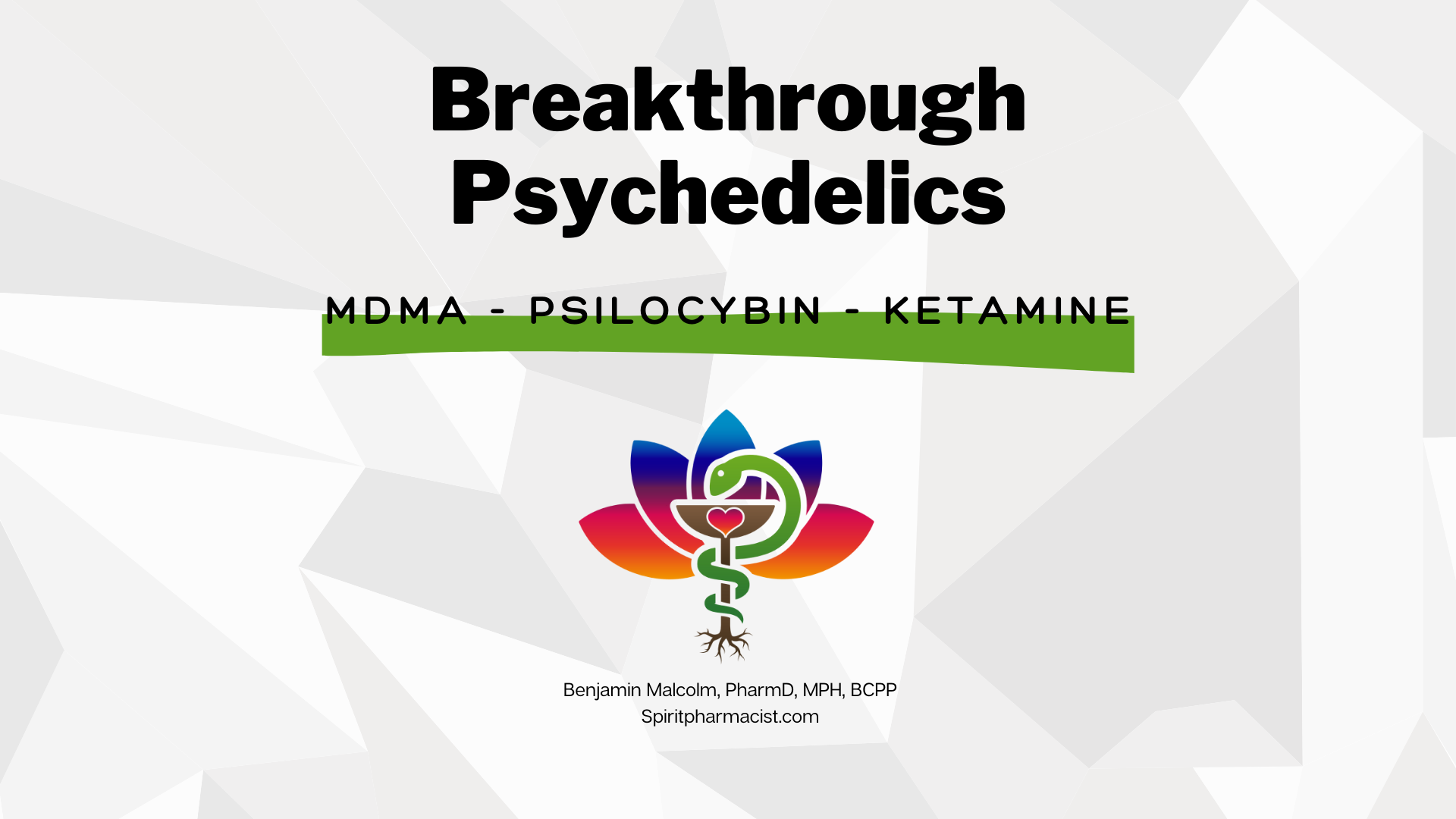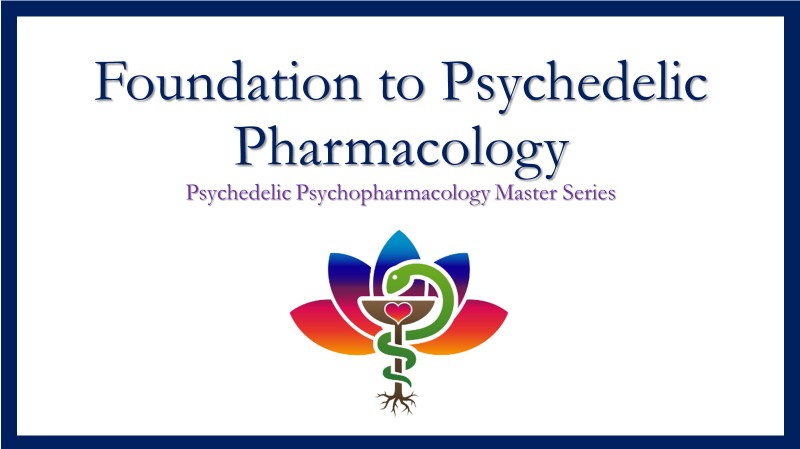Fungi Fiction? A Case of Serotonin Toxicity from Psilocybin Microdosing
May 01, 2024
Pharmacologic Fiction and Psilocybin
Psilocybin, psilocin and entourage alkaloids contained in psilocybin mushrooms are capable of stimulating serotonin receptors. Fears persist that psilocybin can cause Serotonin Syndrome or Serotonin Toxicity (ST) despite few case reports existing and little pharmacologic information to support serious risks. This is likely because psilocybin and psilocin lack the requisite pharmacologic activity to cause ST. If looking for a primer on ST or want to dig deeper into the toxidrome you can check out this blog, webinar, or journal article I have on the subject.
A new case report titled 'Psilocybin and the Development of Serotonin Toxicity' describes a 35-year-old woman with a history of major depression, chronic PTSD, and generalized anxiety disorder. The report focuses on "unknown and unregulated psilocybin microdoses" being the potential cause of ST. After taking a careful read and considering the medications involved, I came to conclude there’s a lot of things wrong with this case report and the antidepressants are much more likely to have caused the observed toxicity than psilocybin.
I’ll try to explain why.
The Concerning Case of Serotonin Toxicity and Microdosing
“The patient was on a regimen of venlafaxine ER 375 mg/day, bupropion XL 450 mg/day, lorazepam 1 mg twice/day, and recreational psilocybin use at unknown microdoses 4 times/week. Due to insomnia, trazodone 100 mg/night was added to her regimen. Within 2 days of starting trazodone, she developed diaphoresis, tremor, flushing, ocular and spontaneous clonus, nausea, and increased anxiety. She was afebrile, hypertensive with a blood pressure of 143/92 mm Hg, and tachycardic with a heart rate of 122 bpm. Meeting Hunter serotonin toxicity criteria, the patient was medically admitted to the hospital and treated with supportive care. All her medications were discontinued outside of lorazepam, prompting resolution of her symptoms.”
Case Analysis - Are Mushroom Microdoses to Blame?
Microdoses and Macro Toxicity - An Implausible Scenario
The crux of Serotonin Toxicity (ST) is that is it is caused by increased intrasynaptic 5HT levels. Therefore, drugs need the ability to raise intrasynaptic 5HT to cause ST. Psilocybin or psilocin is not known to raise intrasynaptic 5HT and can only partially stimulate the receptors most linked with ST or the 5HT2A receptors. In this case, its administration was also not temporally associated with the development of ST, which occurred 2 days after initiating trazodone. So, there wouldn’t appear to be a high suspicion for psilocybin to contribute in the first place. It is mentioned that the mushroom doses are ‘unknown,’ however they were reported as ‘microdoses’ which reduces the chance of the doses involved being large or ≥0.5g and are likely in the standard microdosing range of 0.1-0.3g. At these doses serotonergic activity of psilocybin or psilocin is minor.
Antidepressant Polypharmacy - Medicines Turned Poisons
Compare that to the antidepressants they were taking including the Serotonin Norepinephrine Reuptake Inhibitor (SNRI) venlafaxine XR and the Serotonin Antagonist and Reuptake Inhibitor (SARI) trazodone along with the Dopamine Norepinephrine Reuptake Inhibitor (DNRI) bupropion.
The ability of venlafaxine and trazodone to both increase 5HT levels via blocking 5HT reuptake may increase our suspicion that they were involved in the development of ST. To bolster the chances these antidepressants caused the symptoms we could consider that bupropion is a clinically significant CYP2D6 inhibitor and that both venlafaxine and trazodone are sensitive to drug interactions from CYP2D6 inhibition. Furthermore, while bupropion is not serotonergic enough to cause ST in and of itself, beyond it's pharmacokinetic boosting of the other antidepressants, it can also lower seizure thresholds in dose dependent ways. The person was taking the maximum dose of bupropion, which could have contributed or made myoclonic seizure activity more likely to occur.
We can also notice that they were taking venlafaxine at a dose in excess of the FDA's recommended maximum and that they’d never previously had that dose in combination with trazodone. The maximum dose of venlafaxine XR is typically 225mg/day, whereas they were taking 375mg/day. Maximum doses tend to exist because they roughly mark a point in which pushing the dose higher rarely leads to clinical improvement, but does increase the chances of adverse effects. Some would refer to this as the 'point of diminishing returns.' Going a layer deeper still and considering metabolites, venlafaxine is biotransformed via CYP2D6 to an active metabolite which is also a serotonin increasing antidepressant, desvenlafaxine Trazodone is metabolized to m-chlorophenylpiperazine (mCPP) which is also sensitive to CYP2D6 inhibition and capable of raising 5HT levels.
Titrate to Tolerate - A Role for Excessive Starting Doses
Trazodone is typically initiated at doses of 25-50mg/day although in this case, perhaps because they’d taken up to 200mg at some point in the past, they started at 100mg/day. The development of the ST occurred two days after initiation of trazodone, which is a timeframe consistent with being a causal agent in development of ST. There is no mention that the lack of titration in psychotropic medication is a risk factor for development of the drug toxicity in the report.
Summary and Conclusion - How Myths are Made
The authors fail to state the person is taking doses of drugs known to cause ST in doses equal (bupropion) and in excess (venlafaxine) of FDA approved maximums. They neglect to mention that those drugs carry clinically significant drug interaction potential between them via CYP2D6 inhibition. In this case, Occam’s razor is that the addition of trazodone at a dose higher than standard initiation doses, along with other drugs used at excessive doses that block each other’s metabolism, raised intrasynaptic 5HT to the point toxicity occurred. The close temporal association of trazodone initiation with development of ST raises the probability of it being responsible. The individual tolerated psilocybin microdoses with venlafaxine and bupropion prior to initiation of trazodone and with trazodone in the past, reducing the probability of it being responsible.
Overall, the case report appears to suffer from sloppy scholarship at best and a deliberate misleading of readers at worst. It perpetuates unnecessary fears and myths around toxic effects of psilocybin. While I can agree that use of psilocybin should always be approached cautiously in persons practicing polypharmacy with serotonergic medications, I wholeheartedly disagree that the evidence presented suggests microdoses of psilocybin caused this case of ST.
References
Join the Spirit Pharmacist Mailing List
Stay in touch to receive updates on new blogs, courses, special offers, and more. Don't worry, your information will not be shared.








